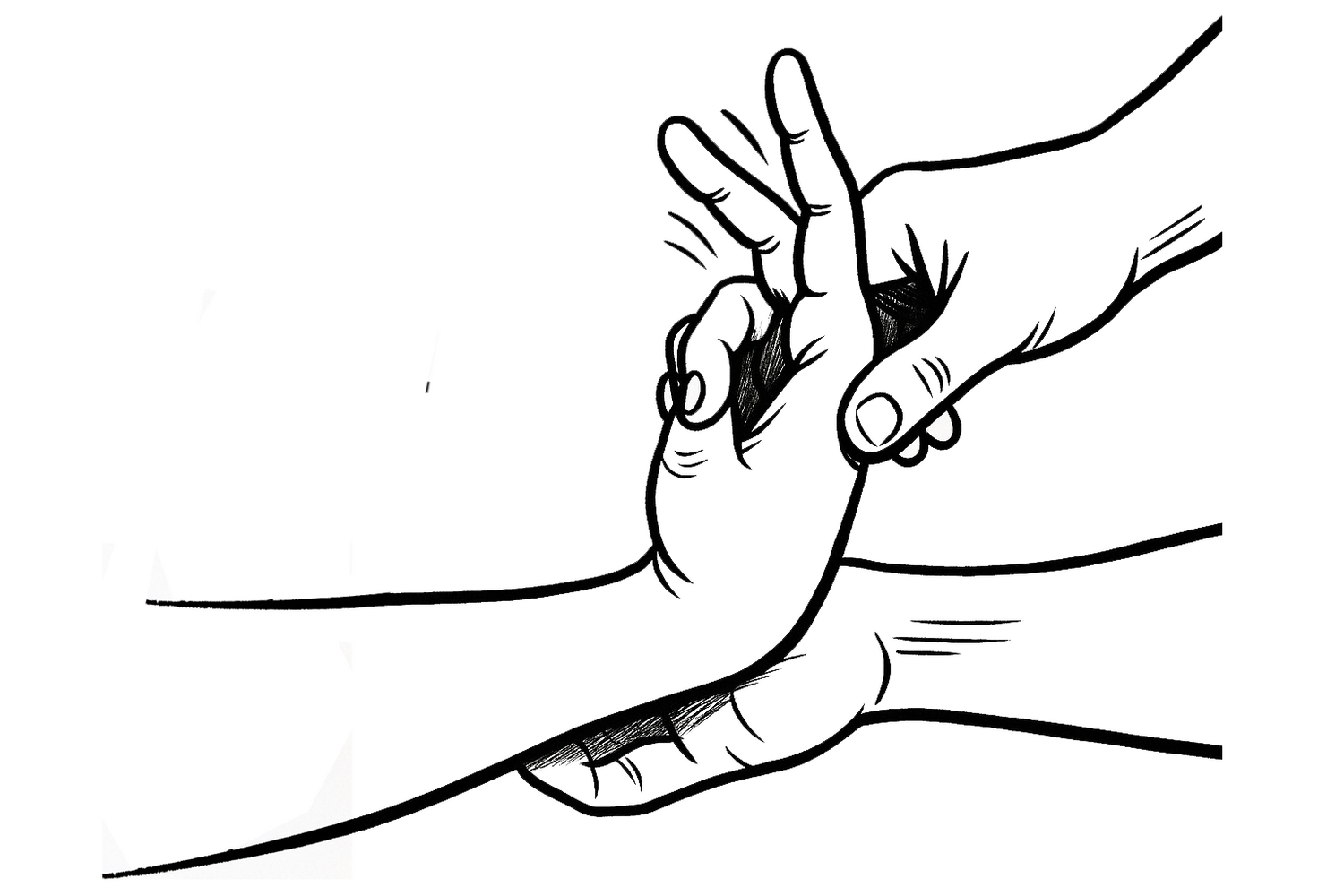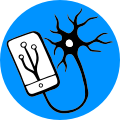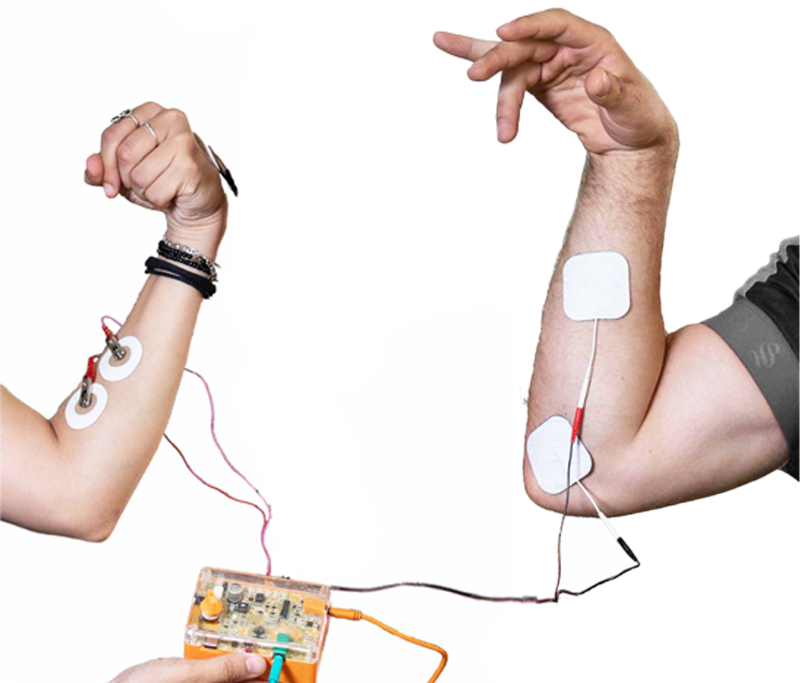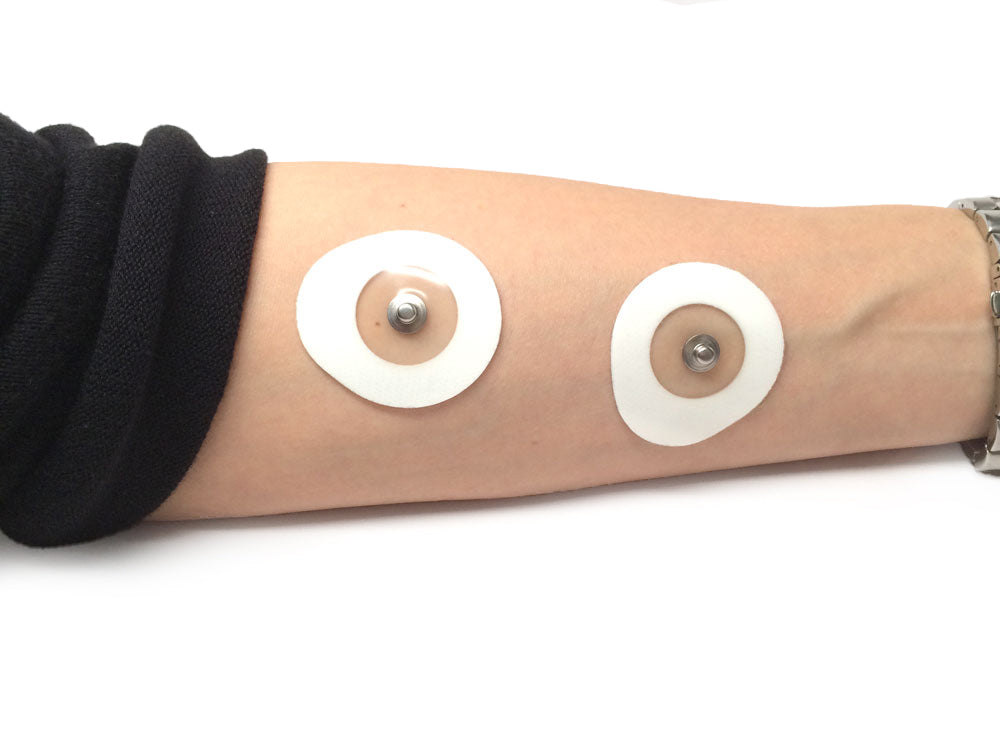
Active vs. Passive movements – Does the Brain Need to Initiate EMG Signals?

Can muscles spark electrical activity without direct brain commands? Explore the difference between voluntary (active) muscle contractions and externally‑induced (passive) movements to reveal some secrets of the EMG.
About experiment
What Will You Learn?
- How EMG differs between active and passive muscle movement.
- How the brain contributes to muscle electrical activity.
- Ways to distinguish neural‑driven versus passive EMG responses.
Background
EMG is all about the electrical chatter of muscles. But what if those muscles are moving, without our input? Via the Human-Human Interface, you'll see whether EMG depends on neural drive.
Procedure
Electrode Placement:
- Attach electrode patches to the Controller’s forearm and connect to the Human Human Interface.
- Connect the stimulation electrodes to the Minion.
- Verify an EMG signal from the Controller causes the minion to flex.
Active Condition:
- Flex the muscle voluntarily.
- Record EMG amplitude, frequency and pattern and see how much the Minion moves.
Passive Movement:
- Completely relax the muscle.
- Have a partner passively move the limb while recording EMG.
- Compare the passive EMG to the active condition, and see how much the minion moves now.
Results & Analysis
Does an EMG bursts show up if the arm is moved by someone else? Did the Minion still respond? How did the two conditions compare in terms of EMG power? Does lacking the brain’s intent‑to‑move signal also mean no EMG signal?
-
Related Products







